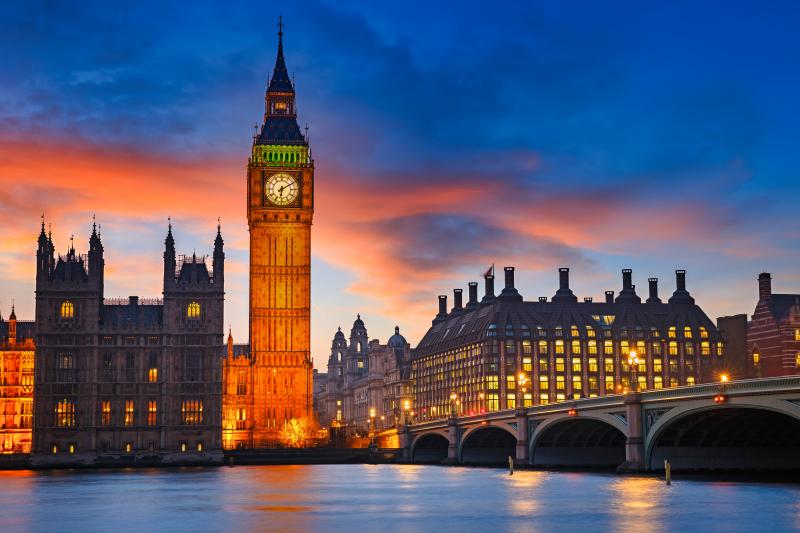Restoring Historical Buildings in the UK: Best Practices and Techniques
Jan 16 2024Introduction Into Restoring Historical Buildings
Explore the fascinating stories behind the UK's historical buildings and learn how to preserve their charm for future generations. Restoring these treasures involves using the right materials, ensuring structural strength, following building codes, and considering environmental impact. Detailed documentation, efficient budgeting, and addressing the shortage of skilled labour are key to successful historical building restoration. Join in preserving our heritage and contributing to the legacy of these iconic structures.
Repairing Historical Buildings in the UK
In the UK, we restore historical buildings using traditional methods like fixing bricks, wood restoration, leadwork, stained glass care, plasterwork, and structural repair.
Preserving these buildings means using specific materials like lime mortar and fixing wooden parts while understanding the historical colours. This not only brings back the architectural beauty but also keeps the cultural and historical importance alive in our communities.
Why Heritage Conservation Matters
In the UK, experts work to safeguard our past. Engineers strengthen historical buildings, stonemasons restore facades, and roofers use traditional methods to maintain authenticity. Paint experts recreate original colours, while surveyors tackle dampness. Heritage consultants document history, guiding architects in reviving these historic structures.
Preserving Historic Structures
To preserve historic structures, we use traditional materials like lime mortar and oak timber, often locally sourced for authenticity. Cleaning techniques maintain original features, and traditional roofing methods are applied when suitable. Structural assessments ensure weak points are fixed without harming historical integrity.
Understanding the uniqueness of UK historical buildings is crucial. Recognising their cultural significance, varied architectural styles, and role in community identity is essential. Preservation efforts need to balance tradition and sustainable development for a matching blend of the past and present.
Challenges in Renovating Old Buildings
Renovating old buildings in the UK comes with challenges. Structural decay requires thorough assessments and specialised reinforcement. Strict heritage regulations limit modernisation, impacting material choices. Budget constraints prioritise critical areas, leaving some for future phases. Unforeseen defects, community expectations, and a lack of skilled workers add complexity. Balancing preservation and modernisation, alongside historical documentation gaps and evolving safety standards, guides restoration decisions.
Structural Issues in Heritage Restoration
Structural engineers face challenges like material degradation and foundation instability in UK heritage restoration projects. Detailed assessments help analyse historical materials, and underpinning techniques stabilise foundations. Collaboration with architects ensures modern amenities are integrated without compromising historical character. Environmental considerations guide the use of sustainable design principles.
Complexities of Historical Building Rehabilitation
Rehabilitating historical buildings in the UK is complex, involving structural, regulatory, and community-related challenges. Preserving authenticity requires navigating aging foundations and strict heritage regulations. Balancing original materials and safety standards is crucial. Costs and a shortage of skilled workers create financial and labour hurdles. Successful case studies emphasise collaboration, technology, and community engagement for a harmonious blend of preservation and functionality.
Technology in Historic Building Repair
In the UK, technology has transformed historical building repair. 3D scanning and augmented reality aid precise planning. Drones inspect buildings, laser cleaning preserves features, and smart sensors monitor structural stability. Building Information Modelling improves collaboration, reducing costs. Technology and heritage preservation integrate seamlessly for sustainable maintenance.
Innovations in Heritage Preservation
Recent innovations like nano-lime technology and cathodic protection systems preserve original materials. Augmented reality heritage tours engage the public, and digital documentation with LiDAR addresses potential threats. Eco-friendly solutions maintain historical surfaces, and remote monitoring systems identify environmental risks in real-time. These innovations enhance structural integrity and adapt historical sites to modern challenges.
Smart Solutions for Historical Structure Rehabilitation
Unlocking the potential of historical structure rehabilitation involves integrating technologies, adopting sustainable practices, and engaging the community. Adaptive planning, financial collaboration, and routine maintenance ensure a resilient approach.
Conclusion
Restoring historical buildings in the UK is a detailed and invaluable process. By combining traditional methods with innovative technologies and navigating challenges, we contribute to preserving our rich architectural heritage. Challenges underscore the importance of using best practices for unique historical structures. As guardians of the past, our responsibility is not just to repair but to revive these architectural treasures for future generations.
Call to Action
Concrete Renovations Ltd is committed to excellence in historical building restoration. Explore our successful projects and contact us for personalised solutions. Let's work together to revive and protect the timeless beauty of our architectural heritage. Trust Concrete Renovations Ltd for unmatched expertise in historical building repair and restoration.


